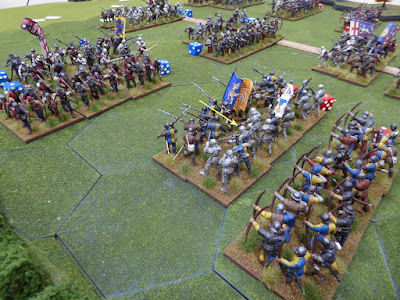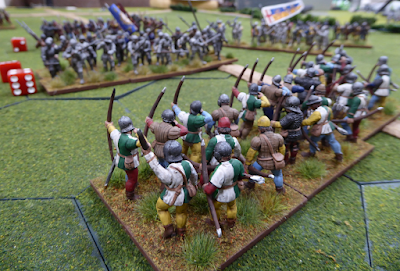I must credit Andreas Johansson with the title for this post. Andreas sometimes pops in to leave a comment and his thread of the same name on the SoA forum inspired me to take on his terminology in my painting wrap up for the first half of 2025. I know there is still part of the 30th remaining but I have essentially closed out the Painting Log for June.
What is Saturnine Orogeny? Andreas defines it as a combination of "saturine" which alchemists associated lead to the planet Saturn, so an old meaning of "saturnine" is "of or relating to lead or lead poisoning." "Orogeny" means "mountain-building."Since my goal is to reduce the size of The Lead Pile, I really ought to focus on mountain erosion than building but I will stick with Andreas' terminology.
In the first half of 2025, I managed to see 429 figures muster out from the painting desk while only purchasing 101 figures. Without checking, I reckon almost all of the new figures brought in were to supply the 15mm FPW project with cavalry and commanders from 19th Century Miniatures. Even given the figures purchased, the size of The Lead Pile fell by over 300 figures in the first half of 2025. Good start to the year!
The leading pie chart illustrates that SYW dominated production, but Biblicals slotted into second place. These two periods accounted for nearly 60% of all painting efforts. Still, at least eight different periods saw some additions so variety was quite balanced.
As for a breakdown by figure size (scale), painting efforts were evenly split between 15/18mm and 25/28mm figure sizes. Size distribution in 2024 was lopsided with 15/18mm figures taking the largest percentage (63%) of effort. With a more even split between the two figure sizes, a shift to the larger figures will help bump up the counts when adjusted for Painting Points are considered at year end.
How did your painting output fare during the first half of 2025?











































































